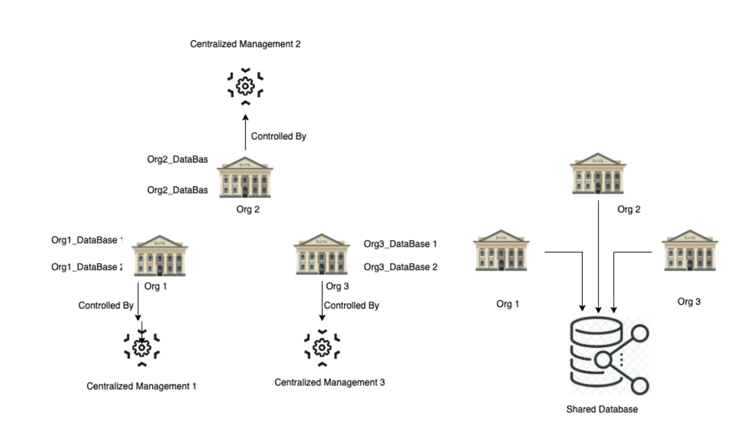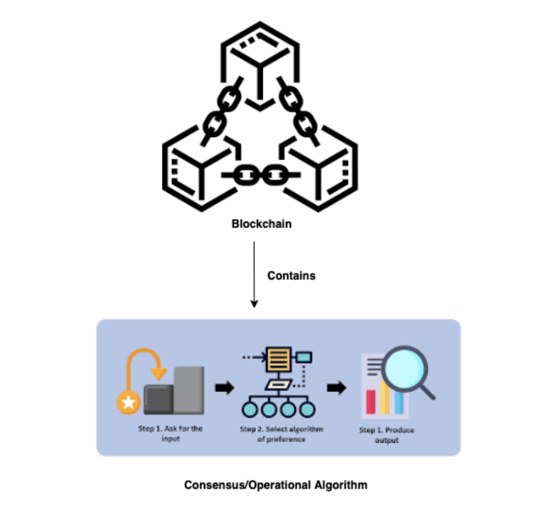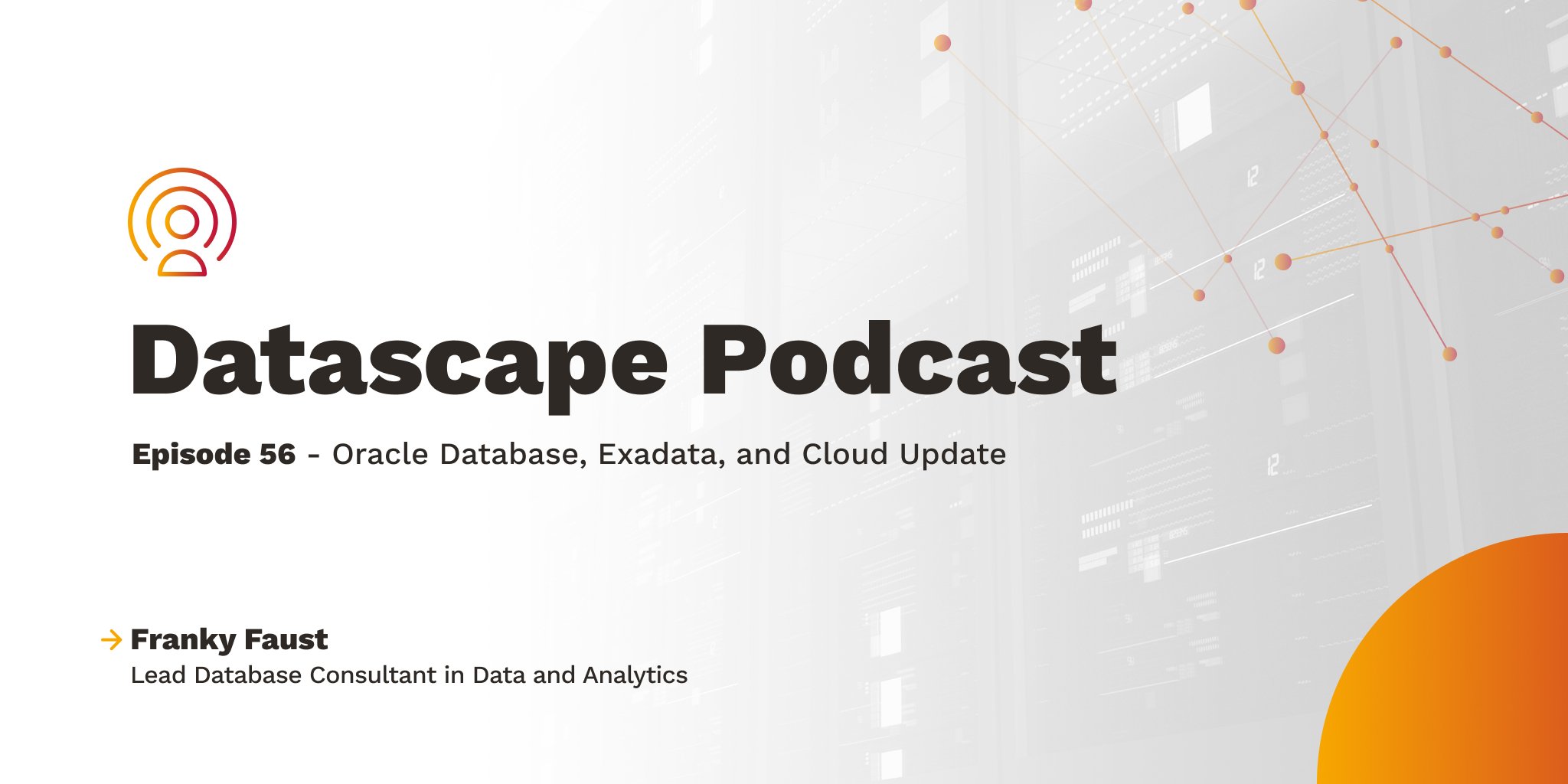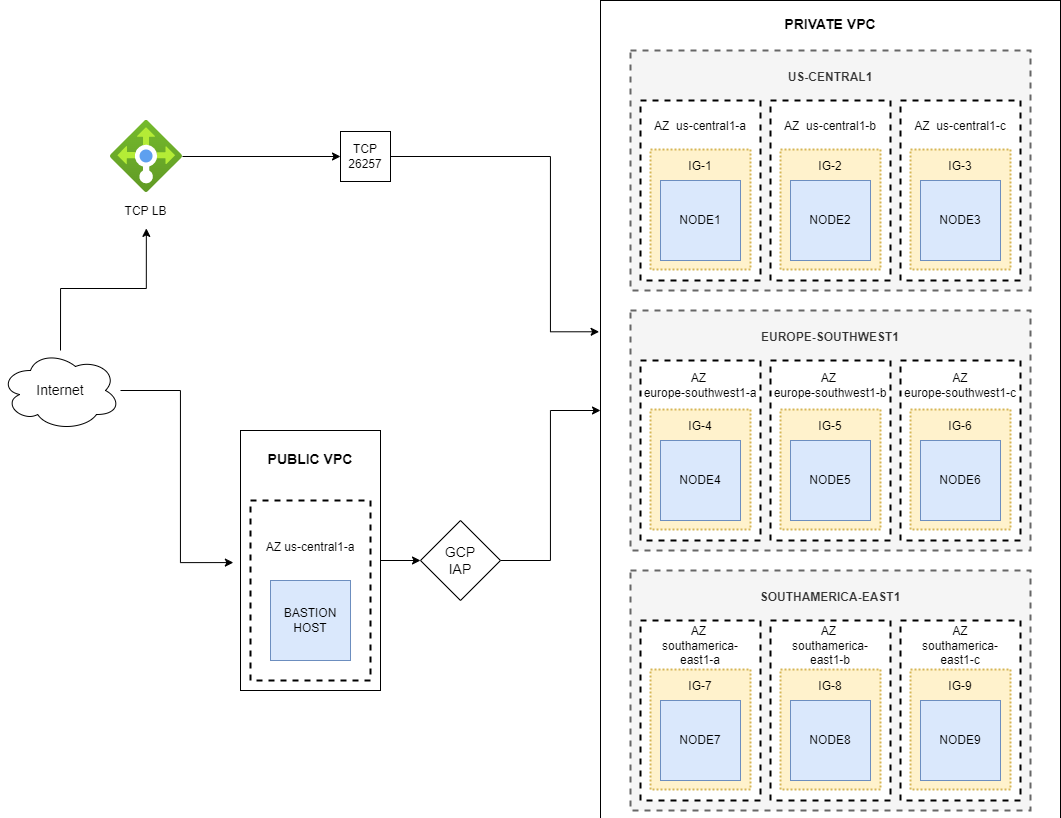BlockChain Technology (Part 1):
Using this Technology people around the world can perform transactions within large Peer-Peer Networks without any centralized Management.
Basically centralized organization or management are not the primary source for building the trust among the individual to perform transactions. It is the set of protocols and programming code which develop the trust between the Individual and the organization. Thus eventually helping in increasing the global networks without any centralized management.
“In the 21st era of globalization, the main challenge is to maintain focus on the mass collaboration of the networks. This is where the blockchain comes to the rescue.”
A blockchain is much more than a technology. It helps in creating an unbiased world through the concept of decentralization and contributes in redesigning the internet.
What Exactly is a Blockchain?
Blockchain is the combination of both encryption or, cryptography and distributed computing, and this is where all the different kinds of networks combine together to maintain a shared and secured database, so blockchain can be simply called as a distributed secure database, and it consists of different kinds of blocks and these blocks contain encrypted data and each of these blocks will be having an unique identifier to identify the blocks which is called as “Hash”.
To validate the transactions, computers go through mining on various networks. The blocks built will store the data. The completed block transmits to other nodes to store a copy of the database.
The centralized management is not participating in the blockchain. As a result, there is no one to monitor the changes happening. So, the blockchain is completely dependent on the consensus algorithm.
“Consensus algorithm is nothing but all the peers of the blockchain network reporting their current state to perform the computations.”
The peer computers must agree about their current state to enter the data into the blockchain. This prevents manipulation of the data without consensus of the other computers.
So finally after the block is been created is goes into a blockchain and that will act as a permanent record, and each time when the block gets completed a new block will be generated and transmitted to the blockchain and this is a continuous process and this is where we will be having many blocks in a blockchain and all these will be connected in series with the links in a chain with a proper linear order with respect to time of creation of the block.
The blocks in the chain are immutable. Each block has a hash value acting as an identifier. It is dependent on the value of the previous block. As a result, all the blocks will be interlinking through their hash values. If one block undergoes altering, the blocks linked to the block will undergo alteration as well. By using this the data entered into the blocks is tamper proof.
There are multiple concepts in blockchain, now let’s discuss couple of them which plays the important role in block chain:
- Distributed Ledgers: The main purpose of Blockchain Technology is to create a permanent and secure database so that it can act as a secure source of storage to store a record or a transaction or some information. All these secured and distributed records are called “Distributed Ledgers”. Distributed Ledger can be defined as a general agreement of replicated and synchronized digital data which is shared geographically across multiple sites and countries without having or maintaining any centralized management system but they are maintained by using the distributed network of computers. These Distributed Ledgers can be used to record any form transaction, registration of assets and many more like identity of a person, currencies, etc. These Ledgers help in replacing the multiple databases of each organization with one shared database. This is accessible by trusted parties. In this way blockchain is establishing the trust between organizations without depending on the centralized institutions.

Before BlockChain After Blockchain
- Smart Contracts:The 2nd Generation Blockchain Technology offers the possibility to automate workings of these networks through a concept called “smart contracts”.These smart contracts are a piece of programming code which is stored in the blockchain, these contracts are self executing contracts, and these contracts may contain the agreements or operational stuff which are written in the form of programming code and they will be executed on the blockchains.These smart contracts exactly act as a general programming code where it contains an algorithm which takes the input from the user and depending on the value of input it triggers certain events and gives the desired output.
- For Example: consider a person trying to withdraw money from the bank, when he enters the desired input, the smart contract algorithm will trigger the certain events and checks whether the entered amount is present in the person’s account, if yes it dispenses the money, if not it throws a message on the screen saying insufficient funds.

Conclusion: Blockchain Technology is the secure way of recording digital information and that can be distributed across various platforms and the information or data which is stored cannot cannot be manipulated which makes this technology most secure and dependable. It even helps in establishing a trusted relationship between the organizations of same or different domains without any centralized Management.
Note: More detailed aspects of the Blockchain Technology will be released in the future blogs.
Share this
Share this
More resources
Learn more about Pythian by reading the following blogs and articles.

Snowflake Feature Applicability At a Glance

Datascape Episode 56: Oracle Database, Exadata and Cloud Update

How to deploy a Cockroach DB Cluster in GCP? Part II
Ready to unlock value from your data?
With Pythian, you can accomplish your data transformation goals and more.
